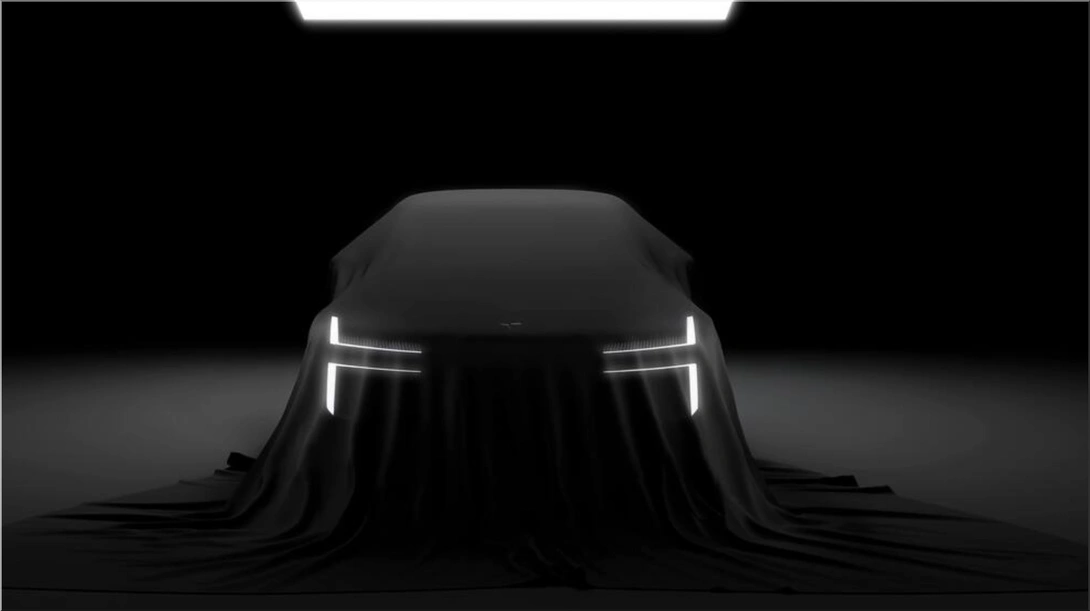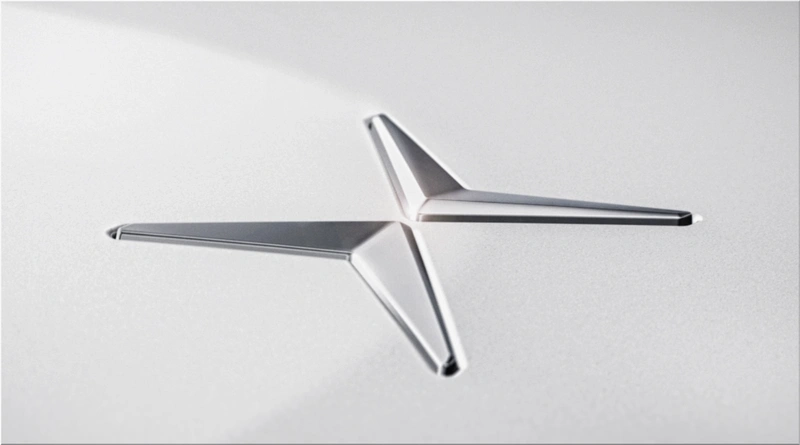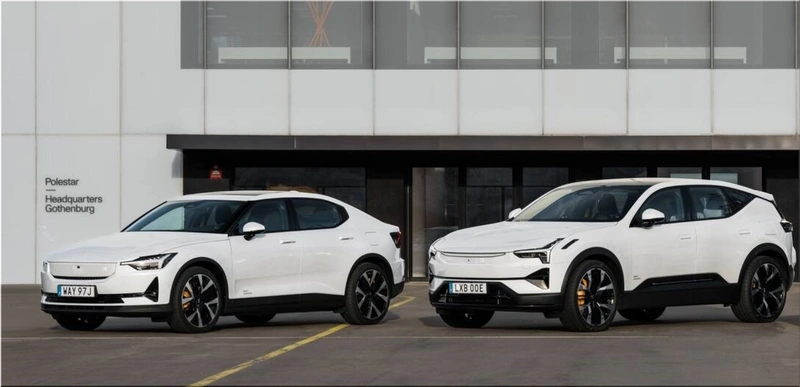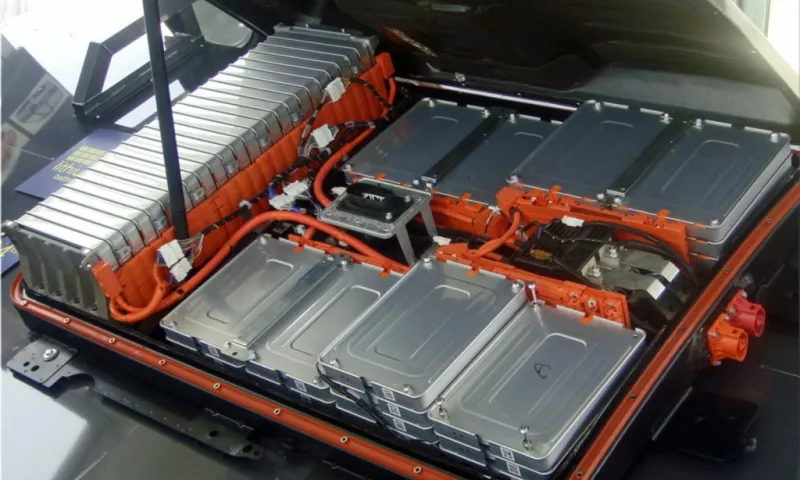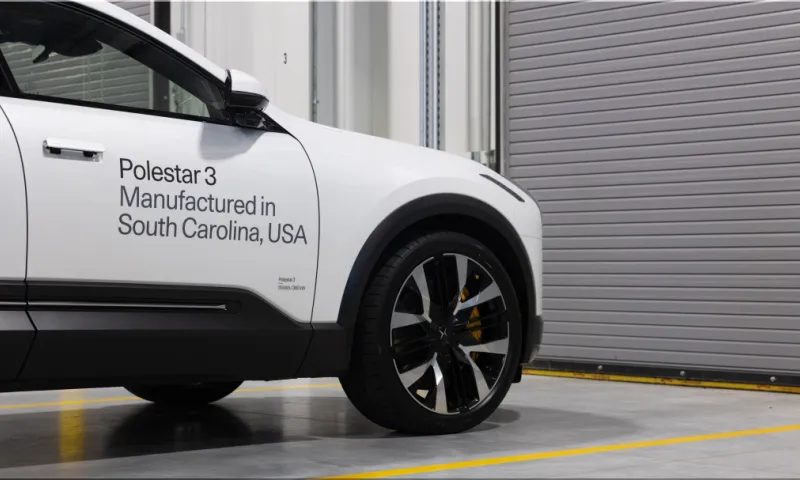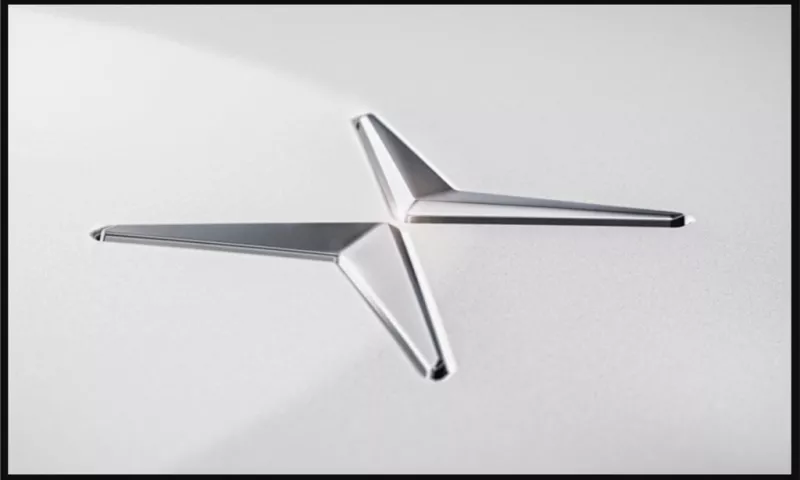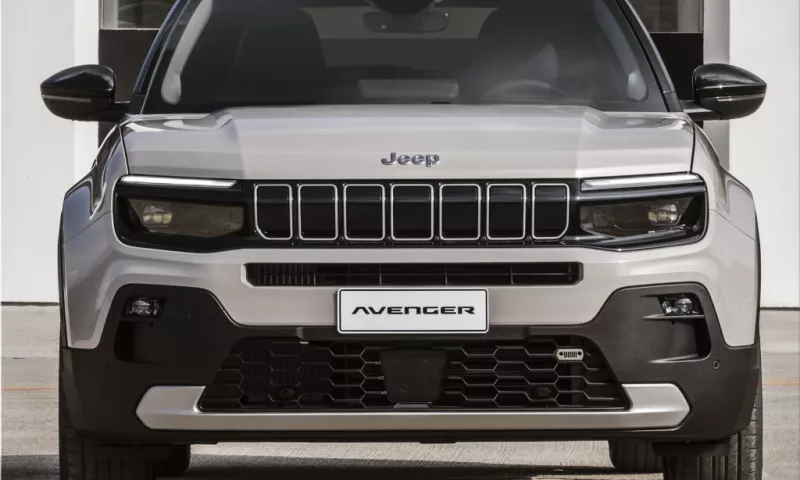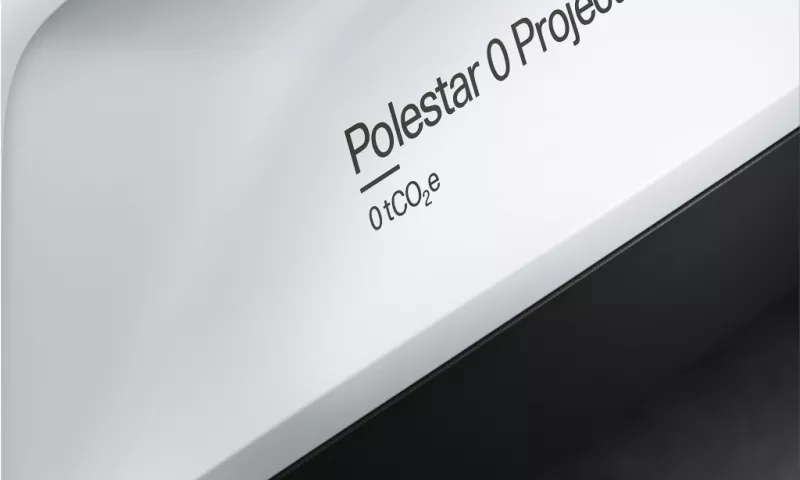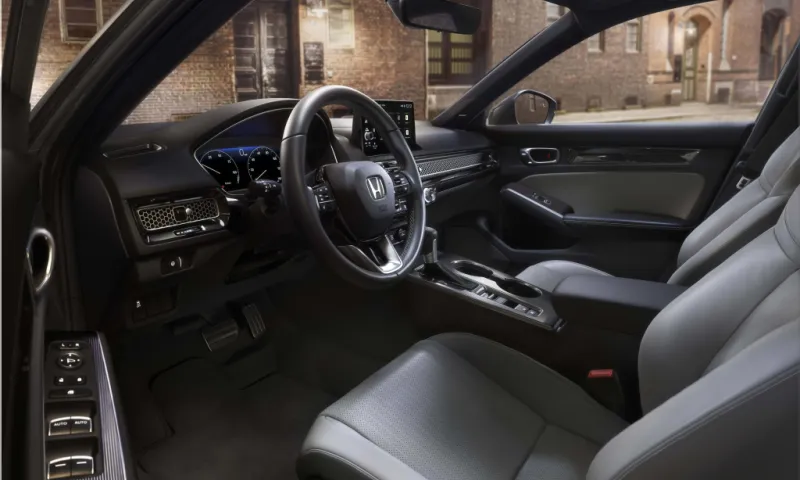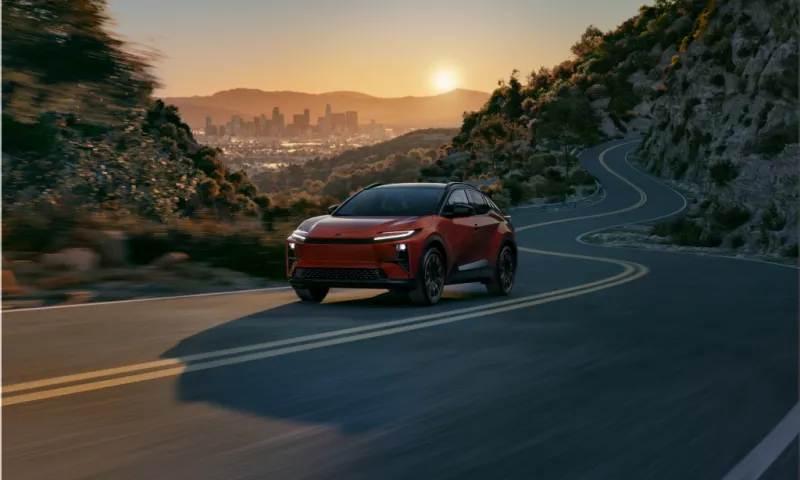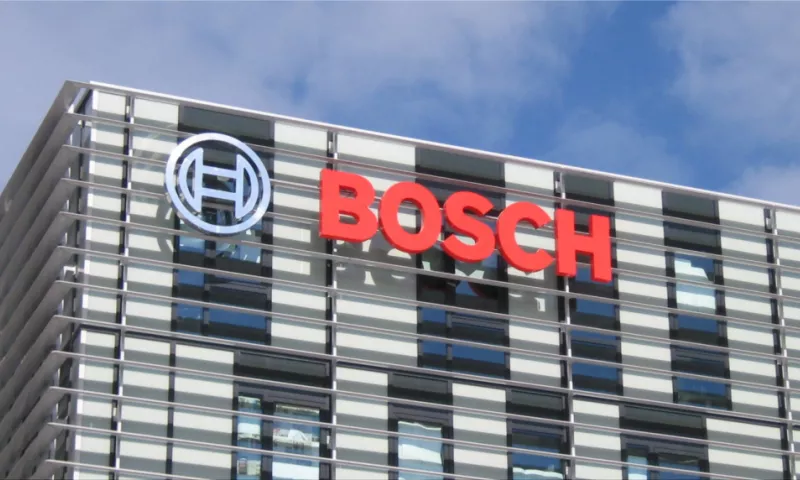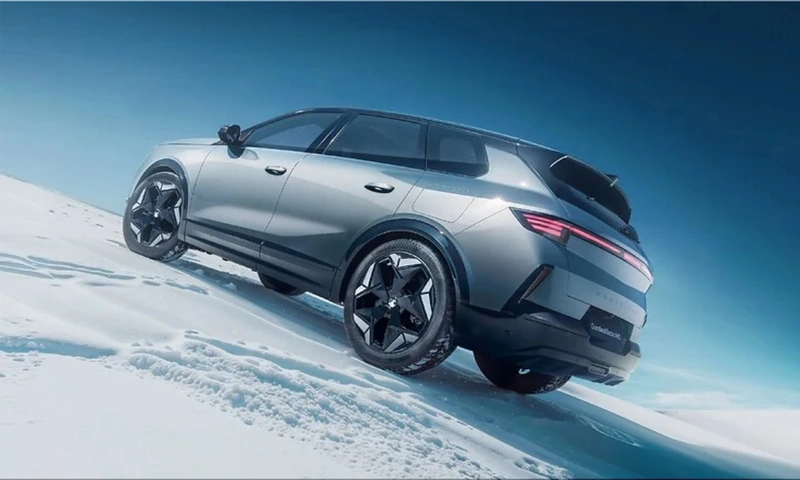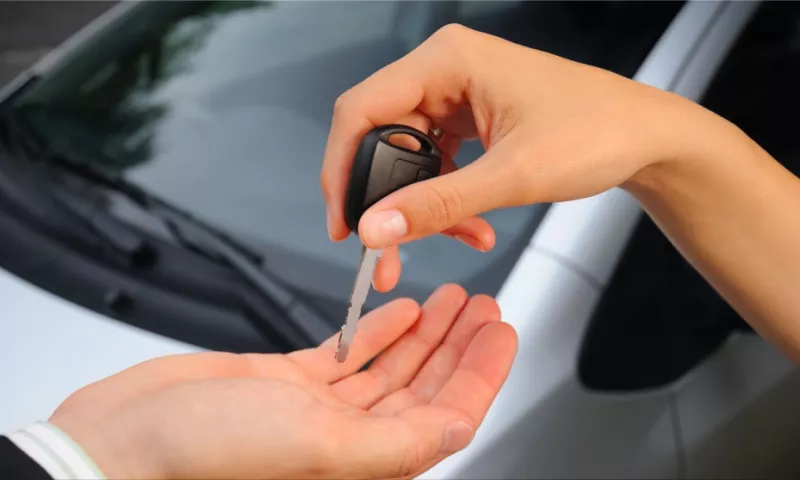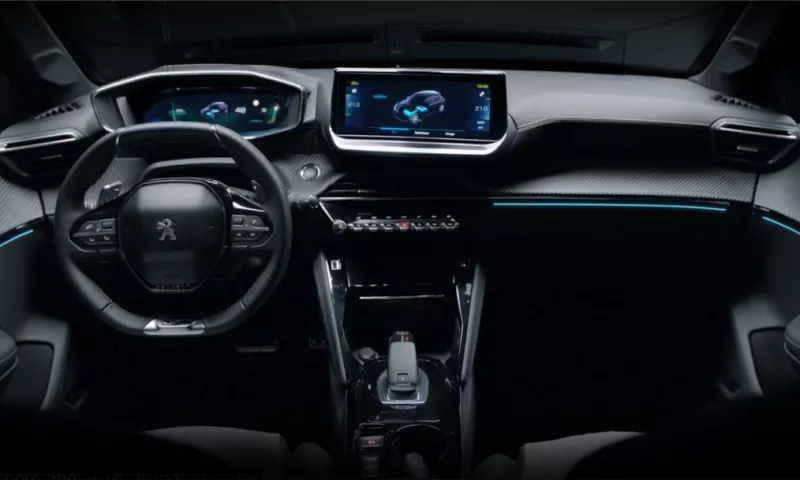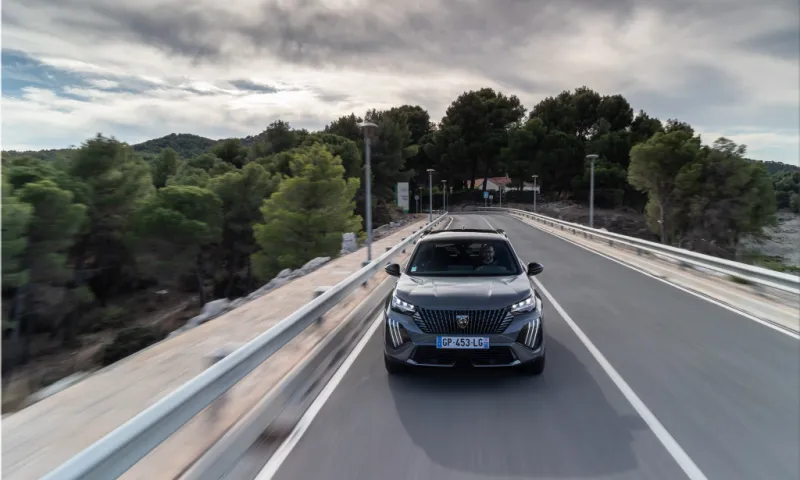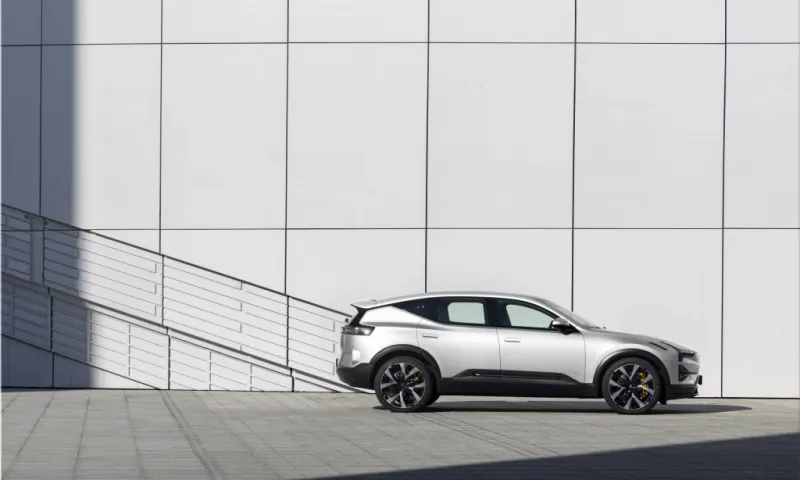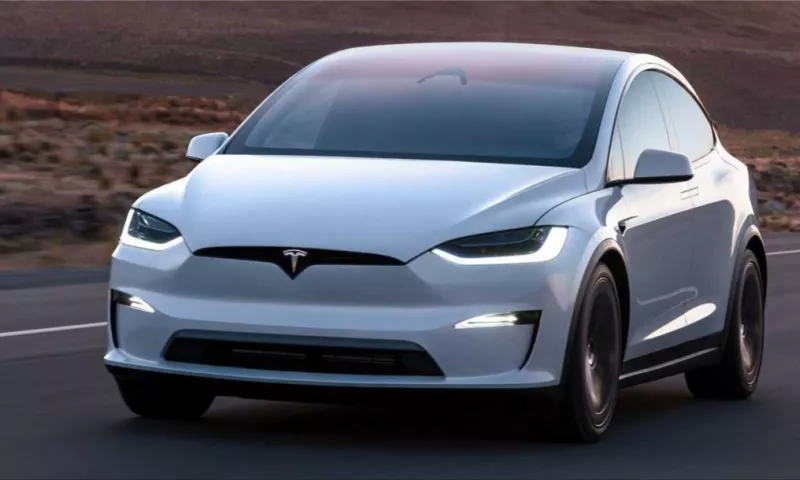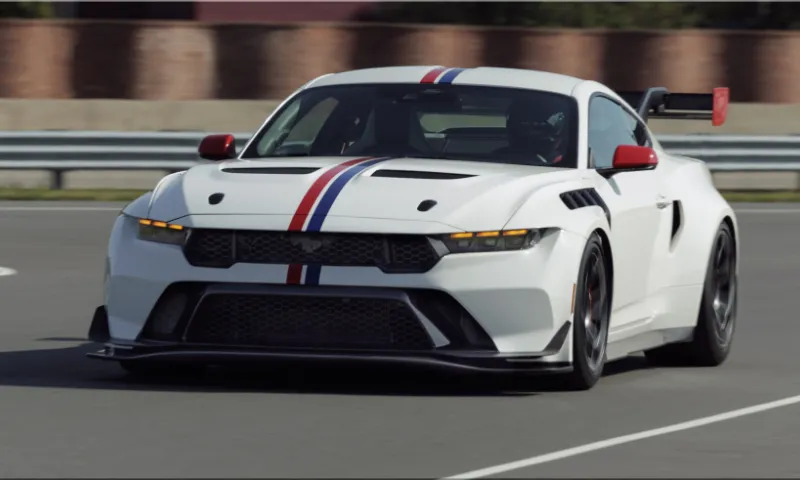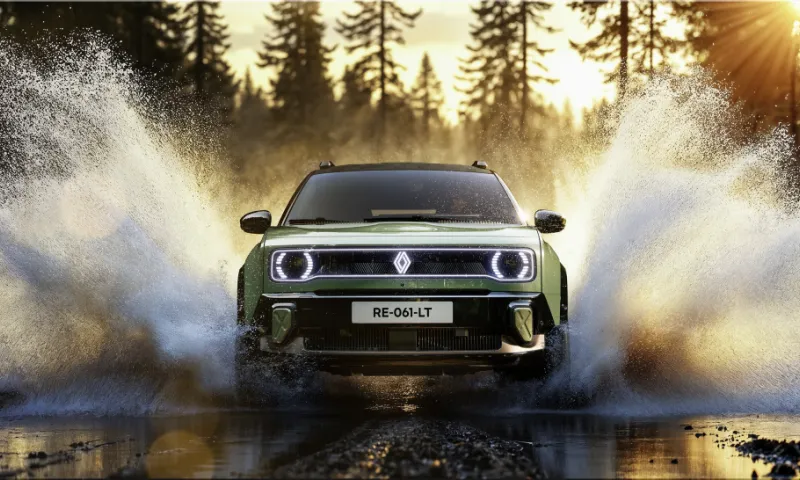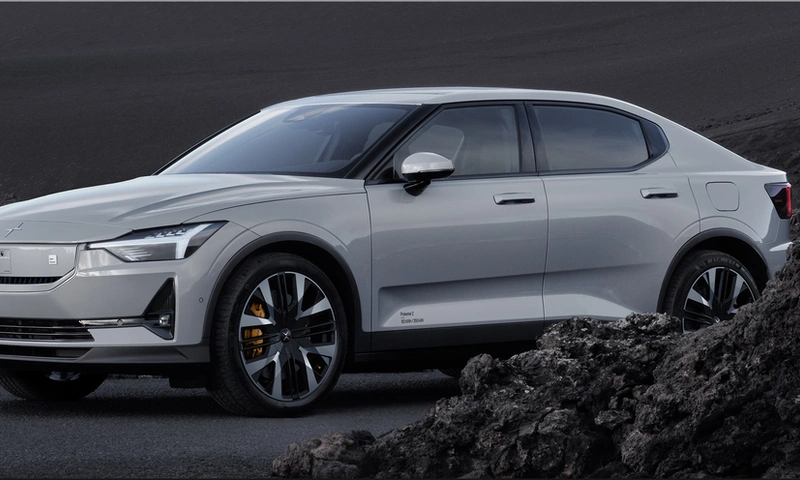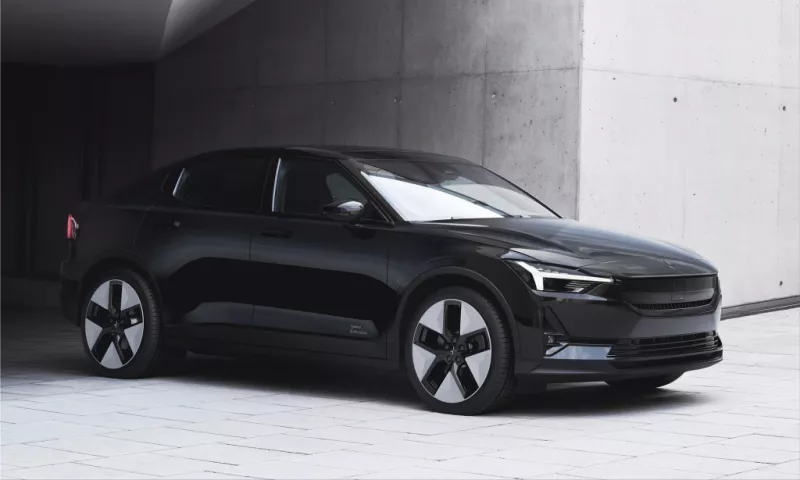European Production Starts with Slovakia
Polestar has confirmed European production of the Polestar 7, selecting Kosice, Slovakia, as its manufacturing site. The plant, owned by Volvo Cars, adds a third continent to the brand’s production footprint. North America and Asia are already covered.
This expansion isn’t just geographical. It’s strategic. With production localized in Europe, Polestar can reduce logistics costs, improve margins, and better serve the region’s regulatory and customer demands.
Construction of the Kosice plant began in 2023. The facility was chosen for its strong supplier base and central access to key European markets. It will build the Polestar 7, a premium compact electric SUV targeting a 2028 launch.
Partnership with Volvo Cars Drives the Strategy
Polestar’s contract manufacturing partner for the Polestar 7 is Volvo Cars, also under the Geely Holding Group umbrella. That choice simplifies platform sharing, slashes R&D costs, and speeds up development.
Polestar CEO Michael Lohscheller said this move “gives us access to the best, latest technologies, in a cost-efficient manner.” Volvo President Håkan Samuelsson added that the collaboration “efficiently delivers outstanding vehicles built for distinct customer segments.”
This isn’t the first time Polestar has tapped group synergies, but it’s the most Europe-focused decision the brand has made to date.
What the Polestar 7 Will Offer
Although specs remain under wraps, Polestar confirmed several details that define the Polestar 7’s architecture:
- Group-based platform from Volvo Cars
- Next-gen battery technology with cell-to-body integration
- In-house developed e-motors
- Shared components across the Geely Group
These pieces point to a model designed for high efficiency, good range, and responsive handling. Unlike some shared-platform EVs that feel generic, Polestar promises to tune the 7 with its own driving dynamics and performance profile.
Expect performance to at least match the current Polestar 3, with improved range and packaging thanks to structural battery integration.
Why Slovakia Makes Business Sense
Polestar’s expansion into Slovakia isn’t symbolic. It’s tactical.
Cost and Logistics Advantages:
- Lower labor costs compared to Western Europe
- Shorter delivery routes to customers in Germany, France, and other key EV markets
- Access to EU manufacturing incentives
Supplier Network:
- Slovakia is home to established suppliers for batteries, drivetrains, and software
- The location supports just-in-time assembly and minimizes inventory costs
Future-proof Capacity:
- Kosice is being built with next-generation EV tooling
- Factory upgrades can support more models later, not just the Polestar 7
Timeline and Market Impact
Polestar 7 is expected in 2028. That’s a long runway, but necessary. Tooling for the Kosice plant must be completed. Platform development has to align across Volvo and Geely. Battery chemistry will likely evolve before SOP (start of production).
Why announce this so early?
Because investors, suppliers, and regulators need clarity. Polestar’s position in Europe strengthens with each step toward local production.
By the time the Polestar 7 arrives:
- European CO2 regulations will be stricter
- Battery costs may fall another 20–30%
- The compact SUV segment will be crowded with EVs from Tesla, VW, Hyundai, and Chinese rivals
Polestar wants a seat at that table—and building the vehicle in Europe will be a competitive advantage.
Competitive Context: Where the Polestar 7 Will Compete
The premium compact SUV EV space is one of the fastest-growing segments globally. Here's where the Polestar 7 is likely headed:
| Brand | Model | Approx. Base Price (USD) | Battery Range (mi) |
|---|---|---|---|
| Tesla | Model Y | $44,990 | 330 |
| Volvo | EX30 | $34,950 | 275 |
| BMW | iX1 | ~$46,000 | 270 |
| Hyundai | Ioniq 5 | $41,800 | 303 |
| Mercedes-Benz | EQA | ~$52,000 | 265 |
| Polestar | 7 (Est.) | $45,000–$50,000 | 300+ |
Polestar’s offering will need to deliver in three areas to win:
- Driving performance – Differentiating it from its Volvo sibling.
- Tech leadership – Matching or exceeding UX, OTA capability, and autonomy rivals.
- Price efficiency – Leveraging shared parts to keep MSRPs competitive.
Strategic Goals Aligned with Climate and Sustainability
Polestar is aiming for climate neutrality by 2040 and 50% lower per-vehicle emissions by 2030. Moving production to Europe helps.
- Shorter supply chains reduce emissions.
- Cell-to-body battery design improves weight efficiency.
- In-house e-motors increase control over resource sourcing.
Polestar’s growth will be judged not only by units sold but also by emissions per sale. This is part of the company’s larger ESG value proposition to investors and buyers alike.
